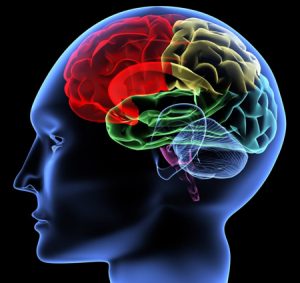Harnessing the Power of Bio-Feedback to Transform Persistent Discomfort Management and Improve Standard of Life
Harnessing the Power of Bio-Feedback to Transform Persistent Discomfort Management and Improve Standard of Life
Blog Article
Persistent pain is a condition that impacts countless of people across the world. It can be caused by multiple factors, including traumas, diseases, or even stress. For many patients, managing chronic pain can be a constant struggle that impacts their standard of life. Traditional treatments often consist of medications, physiotherapeutic therapy, and occasionally surgery. However, these methods do not always offer the relief that individuals desire. Recently, biofeedback has surfaced as a promising option for managing chronic pain and enhancing overall health.
Biofeedback is a technique that educates individuals how to manage certain bodily processes by using signals from their own physiology. This approach involves employing sensors that monitor physiological responses such as heart rate, muscle tension, and skin temperature. By providing immediate feedback, patients can discover to recognize their body's reactions to pain and stress. This consciousness allows them to develop strategies to handle their pain more effectively. For instance, if a person observes that their muscle tension increases when they are in pain, they can utilize relaxation techniques to help alleviate that tension.
One of the primary benefits of biofeedback is that it empowers patients to take an active role in their pain management. Instead of relying solely on medications or treatments from healthcare providers, individuals can learn to understand and control their own physiology. This sense of control can lead to increased confidence and a more positive outlook on life. Many patients report feeling more in charge of their pain and less like victims of their condition. This shift in mindset can significantly enhance their quality of life.
Research has shown that biofeedback can be effective in reducing chronic pain symptoms. Studies indicate that patients who use biofeedback techniques often experience less pain and improved physical function. Additionally, biofeedback can help lessen anxiety and stress, which are frequent concerns for those dealing with chronic pain. By tackling both the physical and psychological aspects of pain, biofeedback provides a comprehensive approach to pain control. This integrated method can lead to superior outcomes for individuals, allowing them to participate more completely in their routine activities.
In summary, biofeedback is a significant tool for transforming chronic pain management. By teaching individuals to understand and control their physiological reactions, biofeedback enables individuals to take control of their pain. This method not only helps alleviate pain but also improves overall quality of life. As more find this people seek alternatives to traditional pain control methods, biofeedback emerges as a potential solution. With continued research and awareness, biofeedback could become an essential part of chronic pain therapy, helping patients lead more fulfilling, more satisfying lives.